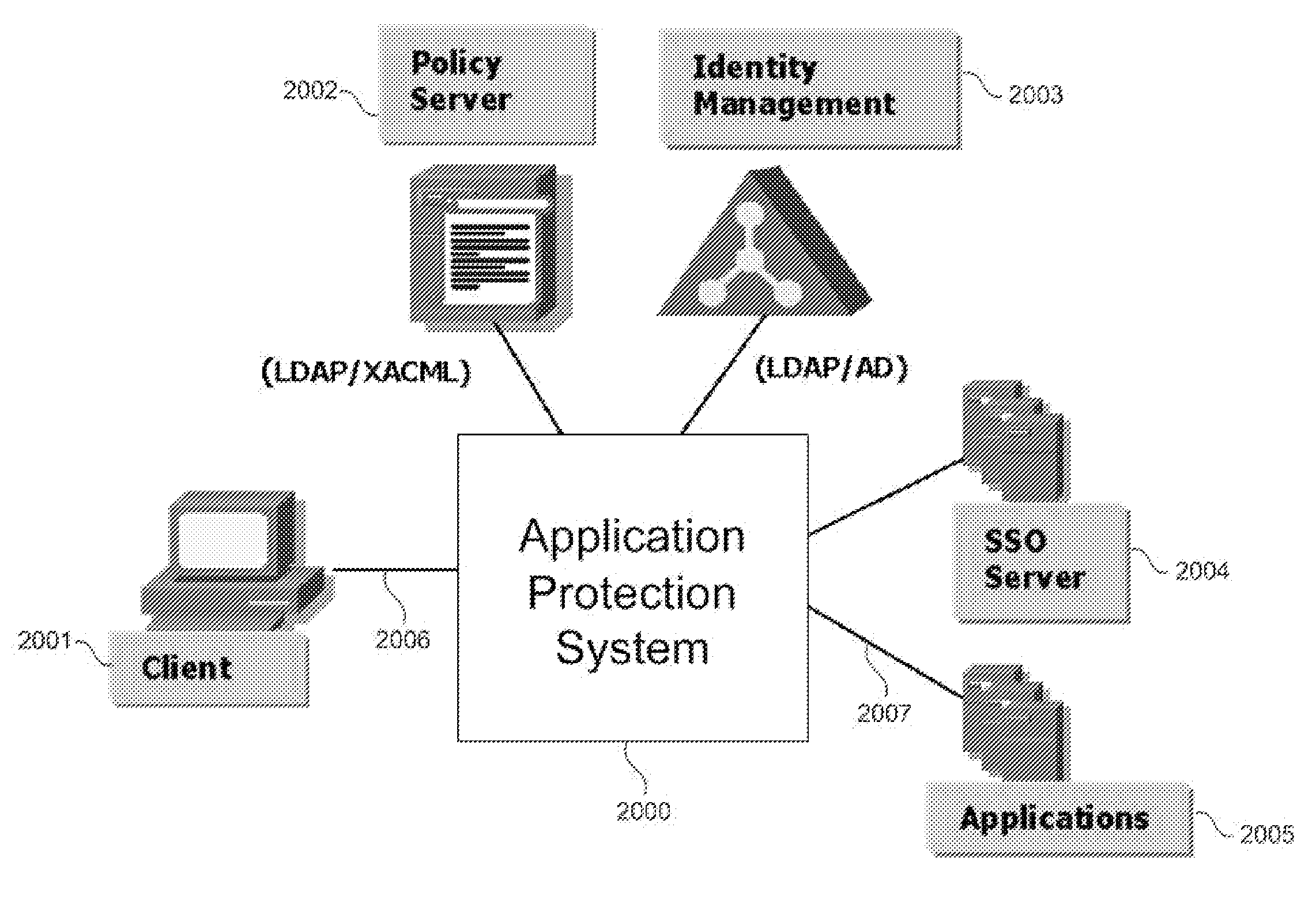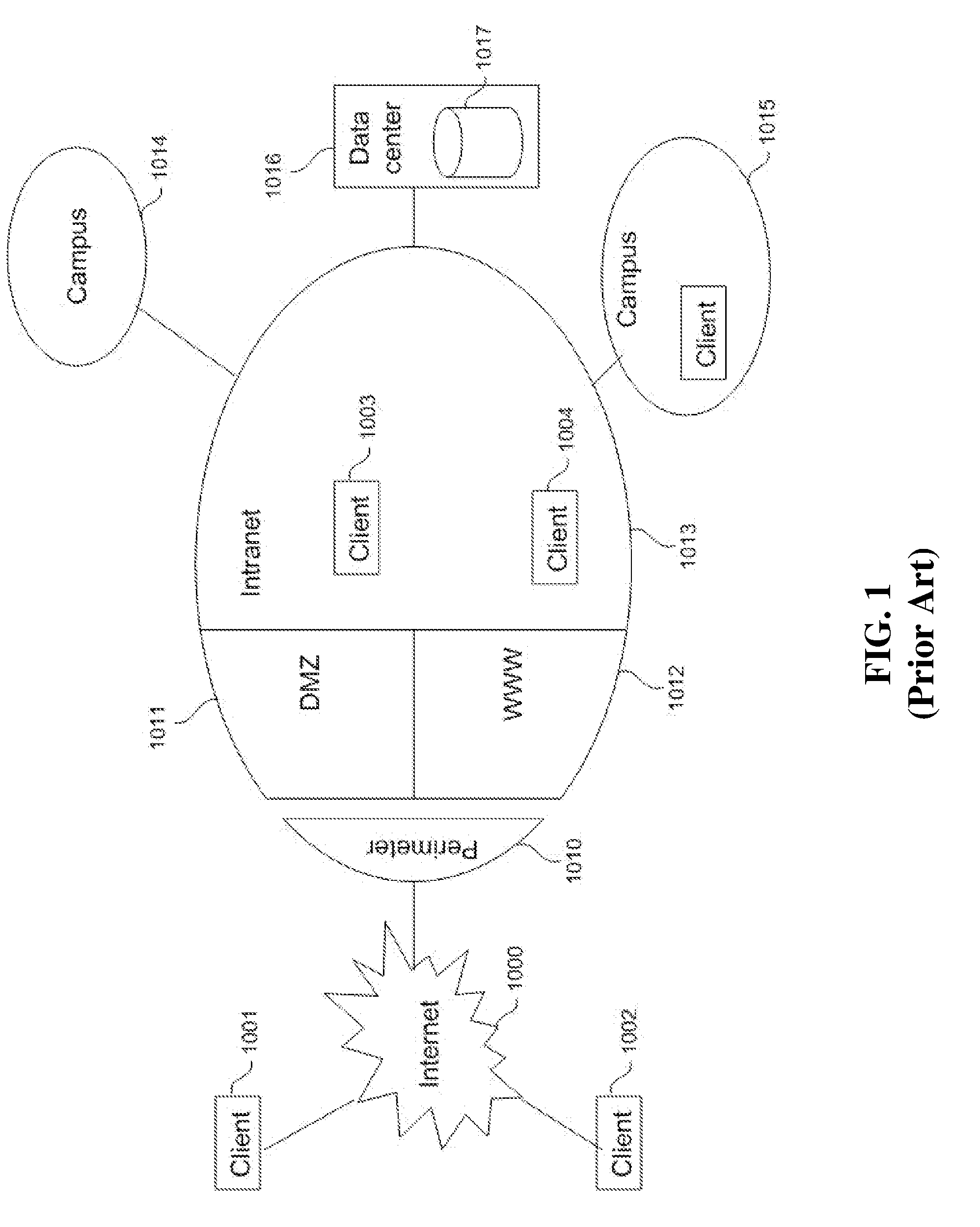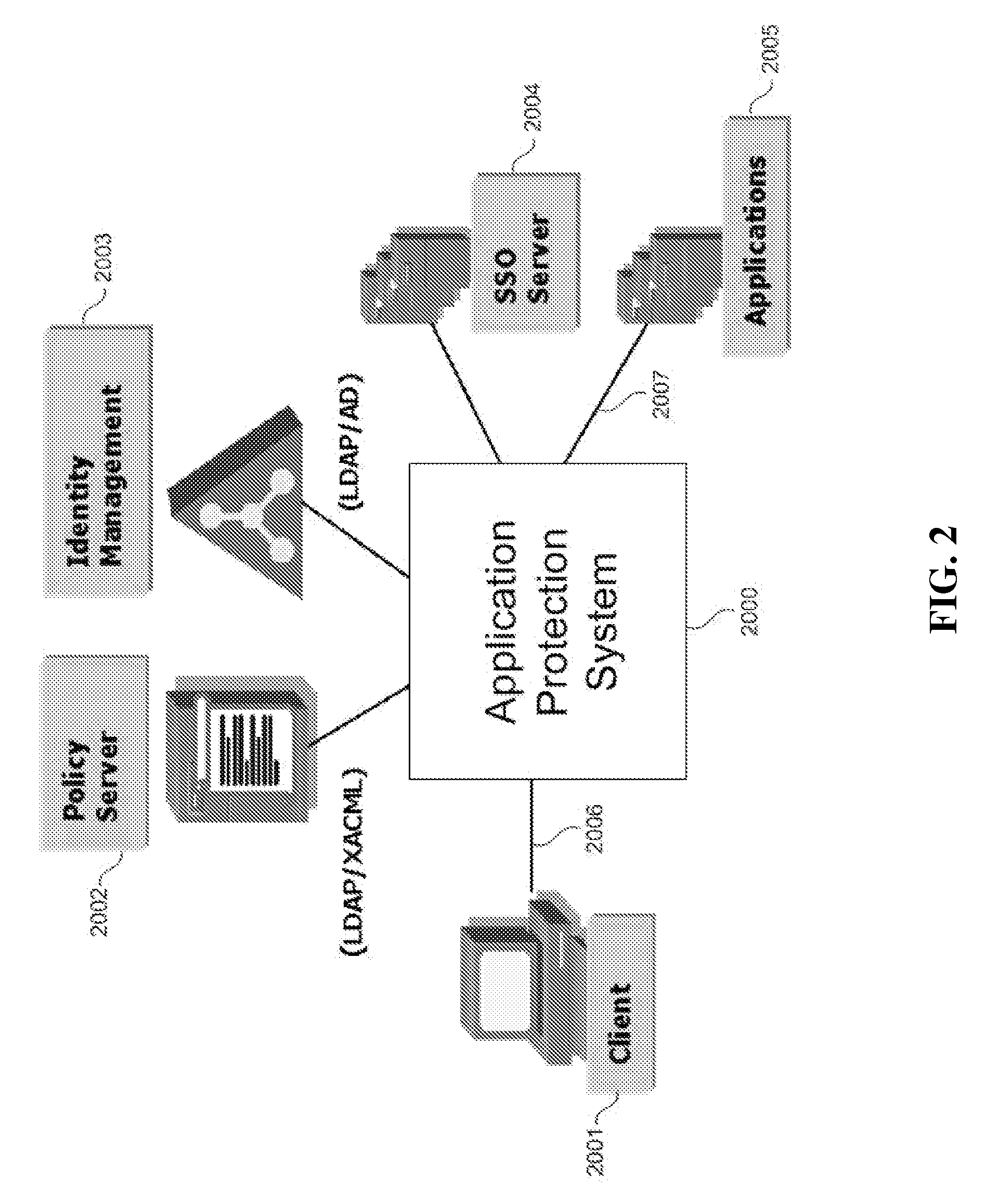The latter approach, though welcomed initially, has not gained
momentum in the
market place due to the inherent cost and complexity of managing
stream-oriented ISO Layer-4 to ISO Layer-7 services in the same product that was originally designed for packet-oriented ISO Layer-2 to ISO Layer-3 switching / routing.
The network appliance approach has been very successful in introducing new innovative functions into the
data center, such as Application Front Ends, Application Firewalls, and
Wide Area Network (WAN) Optimizations, in a very short period of time, albeit at a lower performance and
scalability.
However, this approach has also led to the proliferation of multiple single-function network appliances in the enterprise network, particularly for multi-service deployments.
Multiple network appliances functioning in the path of a
client-
server-connection introduce high latency due to multiple transport protocol termination, and involve high management and deployment complexity as the network needs to be carefully designed, taking all failure scenarios into consideration.
Also, as enterprise data centers migrate to higher bandwidth
Ethernet and to converged interconnect fabric, the existing ISO Layer-4 to ISO Layer-7 solutions become ineffective.
However, in today's
business environment, enterprises no longer enjoy the same level of trust and control of their intranets, as enterprises increasingly rely on contractors, partners, consultants, vendors, and visitors on-site for
daily operation.
As a result, enterprises are exposing internal resources to this wide set of clients whose roles are also frequently changing.
Enterprises are coming to terms with the fact that a hardened perimeter strategy is un-sustainable.
Traditional firewall or
router access control lists cannot protect application resources from unauthorized access because network parameters such as
Internet Protocol (IP) addresses and IP port numbers no longer deterministically identify resources, nor identify users, clients, or applications accessing these resources.
However, with the proliferation of mobile devices and tunneled applications, the
network layer parameters are no longer useful to identify the
client, the resource accessed, and the operation.
Traditional
server-centric
authorization solutions providing role-based
authorization often require custom
code development, extensive cross-vendor testing whenever there is a version change (of the underlying
operating system, agent or application), and are costly and difficult to maintain because of their proprietary nature.
Also, traditional server-based network appliances—primarily focused on low-bandwidth ISO Layer-4 to ISO Layer-7 perimeter services—are unsuitable for
data center deployment, both in functional richness and in ISO Layer-7 performance.
Load balancing requires multi-sided communication for load monitoring—typically performed by fast processors at each side—which is difficult to do in practice and has implications on the
scalability as well as the reliability.
These multiple TCP or multiple SSL terminations, for example, add-up to the overall latency and make the entire setup hard to administer.
This problem exists regardless of whether multiple server-based network appliances are chained (each providing a different ISO Layer-4 to ISO Layer-7 service), or whether a single network appliance using a packet based switch architecture with multiple modules (one for each different ISO Layer-4 to ISO Layer-7 service) is used.
For many applications it is not acceptable to disconnect clients.
Architectures commonly used in other approaches to solving these problems have shown several difficulties: A
system processor is involved in performing the
data structure replication in creating and forwarding the data packet down and up the network stack during transmit and receive, which severely degrades the
system throughput.
The system processors may incur substantial overhead from
copying data in memory as part of Input / Output (I / O) operations.
This approach is highly inefficient because it occupies the processor 1026 with many
memory copy operations and loads the processor 1026 heavily especially for high-bandwidth communication.
This also makes it much more difficult to scale a system for higher network bandwidth demands.
The drawbacks of approaches know in the art include that the system processor, for example processor 1026 or processor 1036, perform compute
extensive data structure replication which comprises creating and forwarding data packets down and up the network stack during each send / receive operation.
This causes substantial compute overhead from data copy Input / Output (I / O) because
data needs to be aligned and placed into specific data buffers.
The proliferation of multiple, disparate, interconnect technologies drives up overall
total cost of ownership in the enterprise data center.
While various other approaches successfully have applied IB and RDMA to high-
performance computing and to storage networks they fail to teach how this technology can be made to work as a Lossless
Data Transport Fabric (LDTF) for a high-availability, scalable,
application layer network system with Centralized Transport Protocol Termination.
Traditionally,
authentication and
authorization is done inside the application, however because of the long cycle of development and deployment in the process, not all applications have the same level of support.
Certain vendor-specific applications support role-based authorization which is often vendor proprietary and does not interoperate well with implementations in another applications—it creates multiple silos of applications within an enterprise network infrastructure.
Role provisioning is often challenging; without careful planning, enterprises often end up with the number of roles greater than the number of users, which eviscerates any potential
management efficiency gains.
As a result, a large number of applications are left behind with no protection and with no support for
authentication or authorization.
This approach may suffer from high latency due to a network call from PEP 4723 to PDP 4725 in the authorization path.
This often leads to poor application performance.
No approach is yet known that can efficiently perform such ISO Layer-7 application
data analysis in a network environment.
The
disadvantage of
XACML is that integrating different kinds of applications in
XACML policy framework may be difficult.
The
disadvantage of this approach is that existing customer policies based on a standard language such as
XACML need to be redefined using the custom language, which requires a custom translator from a standard policy language such as XACML to the proprietary policy language.
However, the
disadvantage with this approach is that it might be difficult to define clear
cut policies on what needs to be done in the first stage and the second stage because the
scripting language also has the capabilities to define the rules defined in the second stage.
Evaluation of a condition can also result in an error (indeterminate).
Conditions can be quite complex, built from an arbitrary nesting of functions and attributes branching from the top-level
Boolean function.
In the case that no matches were made, an empty bag is returned, although a designator or selector may set a flag that causes an error instead in this case.
Functions can also be nested, so you can have functions that operate on the output of other functions, and this hierarchy can be arbitrarily complex.
There are no standard ways in the art to store identity information.
With multiple identity stores, it is difficult to enforce and monitor compliance and maintain consistent
corporate security policies.
Without a
single application-level view of the identity information, deployment of enterprise access services such as authorization or single sign-on becomes very difficult.
The fundamental drawbacks of such architectures found in other approaches is the overhead of running a reliable protocol when communication needs to happen between modules, and problems with multiple transport protocol termination for multiple services (or sometimes even for single service if the implementation of the single service is split across multiple modules).
One problem of multiple transport protocol terminations for multiple services is outlined in FIG. 3: It is clear that multiple transport protocol terminations add to the overall latency in the client-to-server (or server-to-server) communication.
Other drawbacks of
Ethernet packet-switch based architectures are that they support only very primitive flow control or no flow control at all, which makes it hard to scale these architectures with increasing network bandwidth demand.
 Login to View More
Login to View More  Login to View More
Login to View More 


